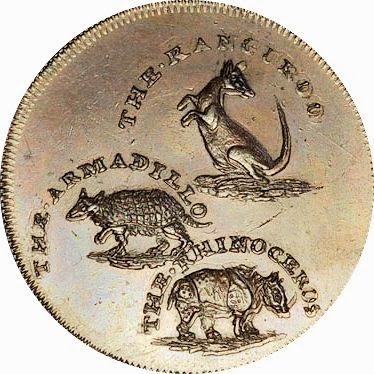My Gran didn't know about facebook or the internet and didn't even keep a diary or journal so we know very little about her early life. I wish she had kept a diary or journal so that we knew a little bit more about her. People of my grandchildren's age however use networking sites like facebook or twitter as some kind of diary and are thus recording for posterity their activities and thoughts.
But how many think about that when they are posting silly selfies or clicking "like" on something close to pornography ?
What will their grandchildren think about knowing just a bit too much about "Nan" when she was young ? Then there will perhaps be great grandchildren, that they may not meet for whatever reason. Will they be happy to know about the antics at those hen or stag nights ?
Next time that little box appears which says "write something" think about those grandchildren and their children and write something.
a poem, a little story about your first day at school for first job.
Cant write ? Course you can. You did it an primary and secondary school, you do it all the time
on the social networks.
So think about leaving something positive for those kids to know about you. Life for some is all a laugh at the moment, but take care, it can turn round and bite you on the bum in no time at all.,
My Gran knew all about that. Her mother died when she was 16 and she had to become "mum" to her younger brothers and sisters , siblings in modern day social work speak. She married at 20 and had nine children of her own. Her old Dad came to live with them and one day she found him cold in the back yard having had a fall. He died soon after. Her own husband died two years later and she was left with five children under 16 to care for, so if she wasn't working before then she needed to now, and she carried on working until she was over 70.
During the war she was bombed out of the house she had lived in for over thirty years and after a short time in the country, which she didnt like, she returned to London and ended her days in a first floor flat, reading the newspaper through a magnifying glass because she didn't, or wouldn't wear specs.



